Five years on from Woolies’ collapse, Boyes signs for the Coalville store
It’s hard to believe that it’s five years ago today – on 26 November 2008 – that Woolworths collapsed into administration after trading in the UK for nearly 100 years.
At that time, few could have expected that just 40 days later – on 6 January 2009 – the entire 807-strong chain would have been closed down by the administrators, with 27,000 staff losing their jobs.
Coinciding with a wave of other retail collapses – including MFI, Zavvi, Officers Club and Whittard of Chelsea (the latter rescued in a pre-pack deal, and now thriving again) – it’s fair to say that the end of 2008 was probably the nadir as far as the downturn’s impact on the high street was concerned.
For all that, you’d be hard-pressed to notice Woolworths’ demise five years later, given that of the 251 ex-Woolies stores I’ve visited and tracked so far – about a third of the estate – only about 3% are currently empty.
Of those, even fewer have been empty the entire time, with others – such as Peterlee (briefly Poundland) and Sheffield (a shortlived Peacocks and temporary TJ Hughes) – currently empty as a result of the post-Woolworths tenant(s) exiting as well.
One of the very few Woolworths sites that has been empty the whole time is the one in the Leicestershire town of Coalville, which I last visited three years ago.
Just this month, however, the town received a welcome fillip with the news that Scarborough-based variety chain Boyes will be opening in the 8,118 sq ft ex-Woolies premises early next year.
Interestingly, though, the long period of vacancy in Coalville isn’t the result of a lack of interest, with Boyes’ boss, Andrew Boyes, telling me that the firm had first shown interest in the site over four years ago.
Speaking exclusively to Soult’s Retail View, he said: “We are delighted to have finally landed the former Woolworths in Coalville as we first looked at it in September 2009 – it has been a long, drawn-out process!
“From the moment we first saw it we realised its potential because it was virtually identical to Bishop Auckland when we took that on. Pretty much the same size and condition, meaning that it wanted a lot of money spending on it – particularly the need to remove the asbestos ceiling tiles which were throughout the store.
“We have finally managed to agree a deal which reflects these costs and are confident we can turn it into a very attractive store, and the news of Boyes coming to Coalville seems to have been very well received in the town.
“We have been chasing this for months and months but perseverance pays and we are even more delighted because this will be Boyes store number 50!”
Indeed, Boyes has been steadily growing its store count from the 24 that it had as recently as 2003, expanding to 34 shops at the end of 2008 and 48 now, and gently pushing into new parts of the Midlands and East of England from its traditional heartland in the North.
This growth has seen Boyes pick up the odd ex-Woolworths (as in Bishop Auckland and Cleethorpes), and also make important investments in locations where other major retailers have pulled out – such as taking over the former Westgate department store in March, in Cambridgeshire (one of the handful of Anglia Co-op sites not acquired by Beales), and the ex-Marks & Spencer premises in Grantham.
Most recently, Boyes opened its 48th store – and its first in Derbyshire – in Ripley last month, a town that has particular significance to me as the hub of the Soult family, and the place where I used to enjoy going toy shopping as a child in the 1980s.
In fact, the new Boyes store occupies part of what was Ripley’s Co-op department store in Nottingham Road, closed in the 1980s and subject to a succession of uses since.
A second Derbyshire store – and Boyes’ 49th in total – is expected to open in Chesterfield in the new year, occupying the former Zanzibar/Escapade nightclub premises in Cavendish Street.
But what of Boyes’ plans beyond that? While the estate has been expanding into new counties to the south, there are still no shops in Tyne & Wear or Northumberland, despite the rest of the North East – County Durham and Teesside – accounting for a dozen stores already.
So could we see a Boyes store north of Chester-le-Street before long? Andrew Boyes seems to think so, confirming that “we will continue to look at opportunities in Gateshead as I am sure the town would be a good location for us.”
He also revealed that Boyes has looked at taking a unit in another North East town (which I’m not naming, for obvious reasons), where “the centre is very busy, the unit would be good and the rental figures are now sensible”, even if “the service charges there are a bit steep.”
The “real killer” for Boyes, however, “are the rateable values, [where] the actual rates payable exceeds the rent” – a reminder of how excessively high business rates can prevent empty units being brought back into use.
In the post-Woolies retail landscape, it’s clear from the growth of Boyes and other profitable value players – and the very small number of ex-Woolies that remain empty – that the high street does still have a future.
It’s surely time, however, for the Government to look seriously at those barriers – from business rates to town centre parking charges – that are acting as a brake on successful retailers opening stores, creating jobs, and driving the economy forward.
My retail consultancy business, CannyInsights.com, provides bespoke place- and sector-specific market intelligence, including detailed coverage of the East Midlands. It also works with retailers nationwide to improve their stores, customer communications and market knowledge. For more information, visit www.cannyinsights.com, drop me an email, or give me a call on (0191) 461 0361.

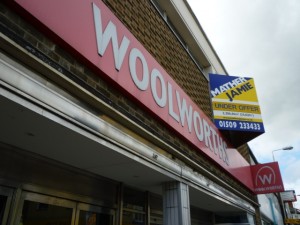
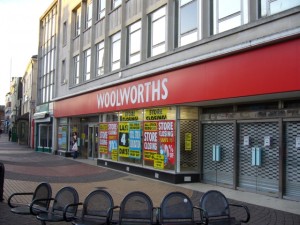
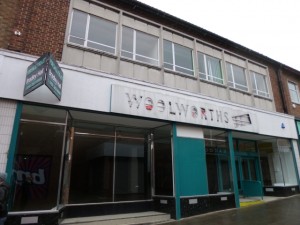
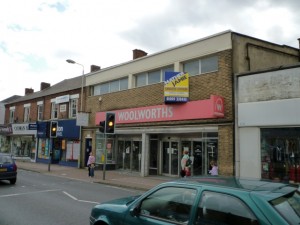
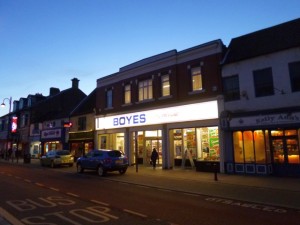
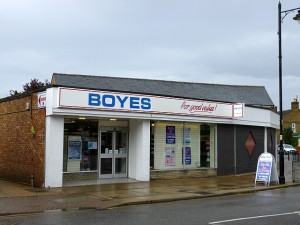
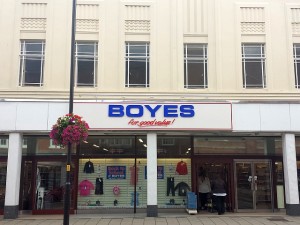
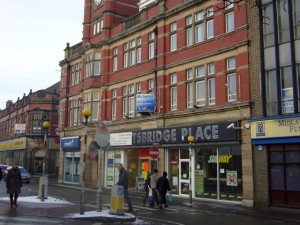
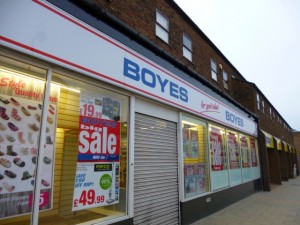
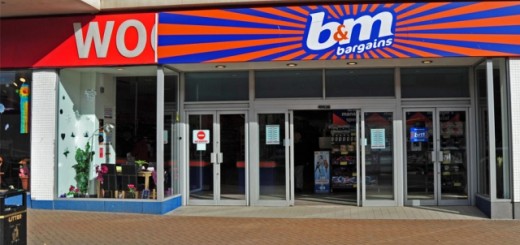

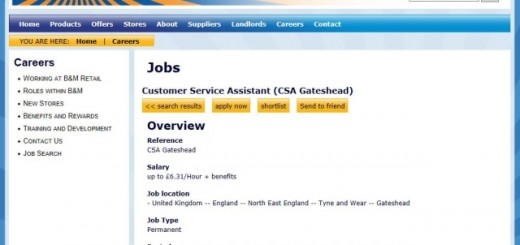
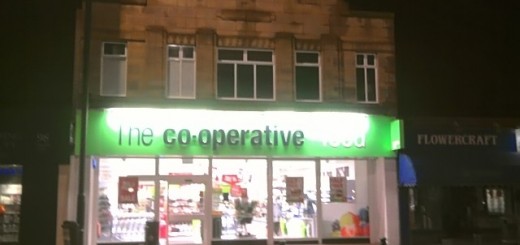



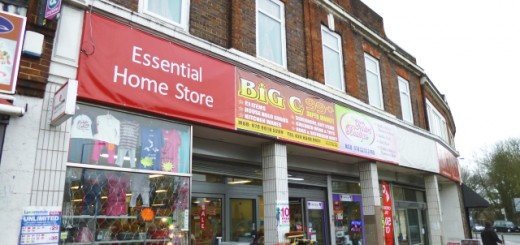

Have visited a Boyes Store for the first time. Spent £ £32 in the Coalville , leicester store. The variety of goods on offer is truly amazing, and the staff welcoming and helpful. Now that I have experienced this store I shall certainly have it on my regular visit list.